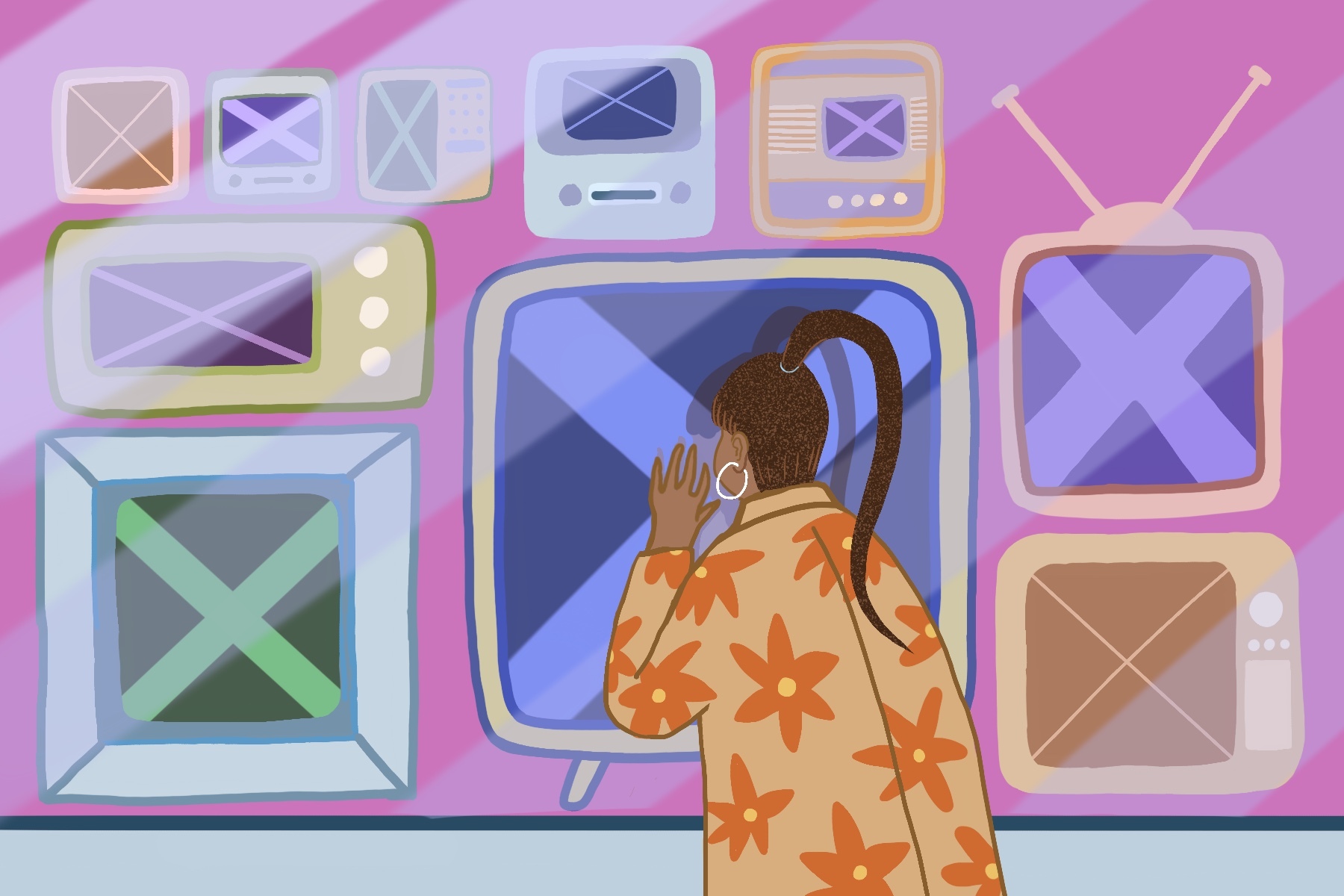When I was 8 years old, I was obsessed with “High School Musical.” I loved the musicality, the tawdry over-dramatic storytelling and I especially loved Gabriella Montez. Gabriella was a shy and intelligent girl who happened to be both incredibly talented and the leading female character, bringing Latinx representation into a successful movie franchise. I admired her character in so many ways.
One of the biggest reasons I looked up to her was because she is Latinx. It was one of the few times I saw myself in the media in such an actively positive way.
Usually, the representation I saw as a young impressionable Latina American came in the form of side characters and supporting roles. Even as a child, it did not escape my attention that any inclusion of a Latinx or Hispanic character came with a whole host of implications.
Instead of Lizzie McGuire, I was her best friend, Miranda Sanchez, who was edgy and cool, but never really center stage. The only person who favored Miranda more than Lizzie was Lizzie herself.
Miranda was a character I was accustomed to seeing in my childhood shows at the time, like Dana Cruz from “Zoey 101,” who was just in the first season before being replaced by the only other major Latina character, Lola Martinez. It felt as if these characters were interchangeable and could only exist as stand-ins of the other and couldn’t handle the scrutiny of coexisting with other Latinx characters at the same time. Otherwise, they might reveal themselves to being slightly different versions of the same person.
Because of this vast lack or dismissal of Latinx representation, I felt unseen for a sizable portion of my childhood. It’s disheartening to imagine yourself reduced to a sidekick in someone else’s story over and over again.
So, I held onto all the good Latinx representation that I encountered. The Russos in “Wizards of Waverly Place,” Chanel in “The Cheetah Girls” and Gabriella were all figures that stood as examples for the rest of the media trying to peddle believable Latinx characters.
But at least things have changed in recent years, right?
Well, usually there is some acknowledgement of this demographic in media today, but in what form does this acknowledgment take place?
Most Latinx characters portrayed in major media can only exist on two ends of a spectrum, vastly in contrast. One option is for the characters to be cloaked in their Hispanic identity, filled to the brim with flashy stereotypes and broadcasting their rolling “rrrrrrrs” for all to hear. It’s a concept of a character that has been written a hundred times and will probably be written a hundred more times in the next 25 years.
The other end of the spectrum of Latinx representation is the lack of any acknowledgment of a culture or ethnicity. So, either audiences are overwhelmed with the overflowing saturations of a Latinx identity, or the character is written as white, but just outwardly brown.
I find it disconcerting that my girl, Gabriella, falls into the latter category. The only time any sort of difference of ethnicity is acknowledged in the movies is through Gabriella’s last name, Montez. The only other instance of the movies touching on her culture was in a deleted scene from “High School Musical 3: Senior Year” when Gabriella’s mother speaks a Spanish phrase to her. That’s about it.
Is one version of representation any better than the other, though? Isn’t it better to be treated as just another white character than to be ridiculed with offensive caricatures?
A good example of the contrast between this obnoxious type of Latinx representation and proper representation is the “Bratz” live-action movie versus the “Bratz” dolls and cartoon movies.
In the context of the dolls and animated movies, Yasmin is a Latina teenager with aspirations to write and is known to her friend group as the “Pretty Princess.” As described in her official wiki and as portrayed in all the direct-to-video cartoon movies, Yasmin is down-to-earth, calming and loves boho fashion.
In the “Bratz” live-action movie, she becomes a different entity. All the other main “Bratz” are readjusted to fit a new narrative as well, but Yasmin’s new portrayal is definitely in starkest contrast to the original. Instead of being equally important as the other three girls — one of the biggest appeals of these dolls for many kids is that no friend is above the other — Yasmin becomes more of a leading character over the other girls. However, the change jeopardizes her individual identity, in exchange for becoming a type of “every girl” in the movie.
Because of this loss, it was almost like the writers realized they had erased all traces of her culture and distinctiveness from every other white girl-next-door leading a movie. To remedy this, they decided to add “flavor.”
One decision that was made was to insert a mariachi band in her kitchen eating breakfast one morning before school, for no reason that is ever explained. When she is happy, she is caught singing “La Cucaracha” with her mother in her room because that seems to be the only Spanish-language song that white people know other than “Feliz Navidad.”
It’s like writers for these TV shows and movies want the commendation for daring to write a Lantinx character, but totally forget to create real concrete attributes that would paint the character as a human being with faults and desires.
The traits that they seem to always remember to ascribe to their female characters is “fieriness” and attractiveness. There is usually no other option for Latina women in these worlds.
And while they depict Latina women as fiercely beautiful sex dreams, Hispanic men are portrayed as violent or stoic. The only trait that major media seems to perpetuate is the most toxic and destructive version of the “machismo” culture. Women are nothing more than their sex and men are nothing but their fists.
These damaging views of Latinx people are then adopted by people who have little to no personal experience with the Latinx population; the exaggerated descriptions of people are then taken as fact, when they are fiction.
The biggest reason for these issues, for the push-and-pull between exaggerated portrayals and almost-erasure, stems from the lack of Latinx people in the writer’s rooms telling real and true Latinx stories.
Lantix and Hispanic people compose the largest minority population in the U.S. but account for less than 5% of writers, producers, directors in TV and film and 0% of studio heads and network presidents. The imaginary versions of Latinx individuals in media might not be so harmful if there was a balance of good representation through real writing through real experience.
A standout show that had an almost entirely Latinx cast and writing staff was “Jane the Virgin.” The show ran for five seasons, won many awards and gained the attention of many Latinx individuals. The stories that were told through Jane Villanueva spoke to the community because of the show’s authenticity. Jane is a real person, with flaws and love for her family and a great sense of humor. The show deals with Hispanic people’s connections to religion in a modern world, the power of a matriarchal household in Latinx culture and even the complications of being both American and Latinx, to which many minorities can relate.
Other shows, movies and even musicals like “In the Heights” are good representative works that show what it is actually like to be a Latinx American while keeping a proud and unique persona. “One Day at a Time,” “On My Block” and “Coco” all maintain believable, fleshed-out Lantix characters due to a representative writing staff. Nothing stops to cater to some diversity quota that must be met before moving on to a better story, because the minorities are already part of the bigger story.
The inclusion of these characters was never an afterthought. They are established and layered characters whose culture is part of them, but not all of them. That is good Latinx representation.
















